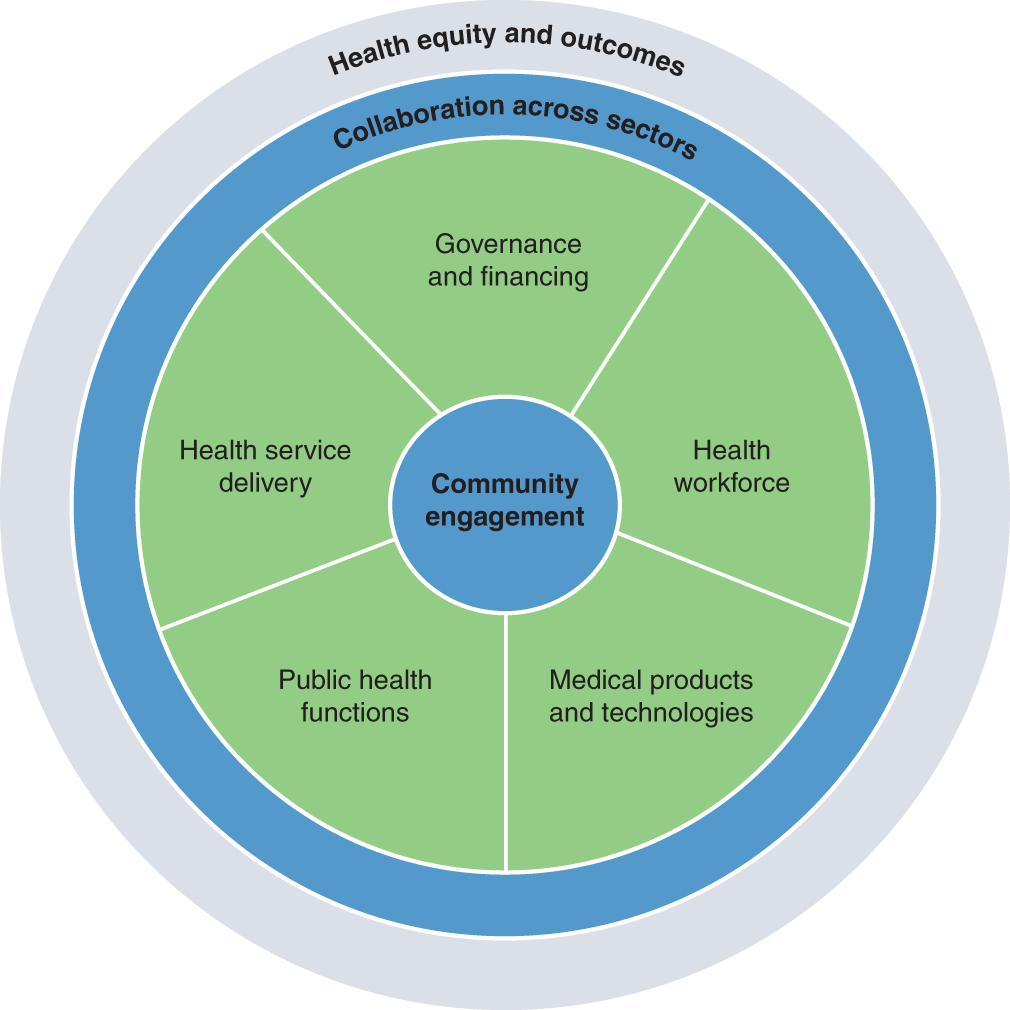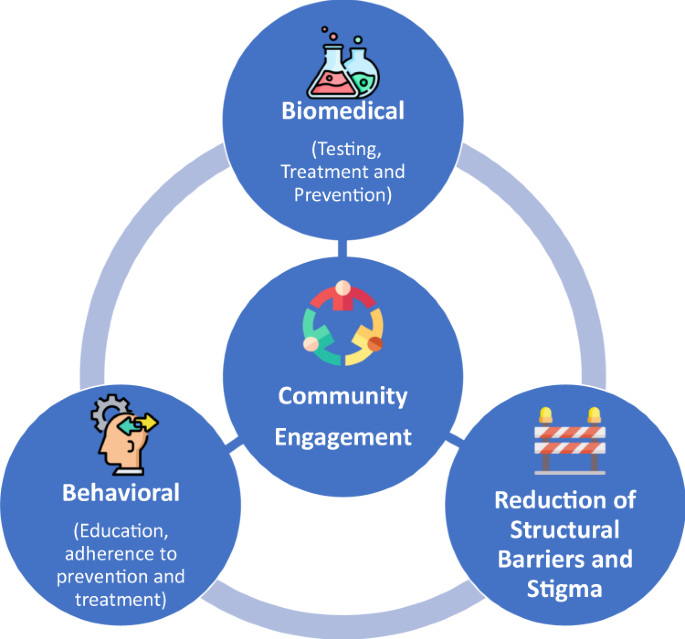The COVID-19 pandemic has brought unprecedented challenges to the healthcare industry, forcing us to rethink the way we deliver and manage healthcare. In the face of these challenges, technology has played a pivotal role in revolutionizing the way we approach healthcare during pandemics. From telemedicine to wearable devices and artificial intelligence, the integration of health-tech has not only helped in effectively managing the pandemic but has also sparked new innovations in healthcare delivery. In this blog post, we will explore the various ways in which technology has reshaped our approach to healthcare during pandemics, the challenges it has helped address, and the innovations it has brought about. Join us as we delve into the lessons learned and the exciting advancements in health-tech that have emerged from the experience of managing a global pandemic.
Challenges in healthcare during pandemics
Healthcare systems around the world are facing unprecedented challenges in the wake of pandemics. The sudden surge in patients, shortage of medical supplies, and overwhelmed healthcare facilities have put immense pressure on the system. The need for timely and accurate information, coupled with the rapid spread of infectious diseases, has further compounded these challenges.
One of the biggest challenges during pandemics is the strain on healthcare personnel. Frontline workers are often overworked, exposed to higher risk, and face burnout. Additionally, the lack of adequate personal protective equipment (PPE) has further endangered their well-being.
Another critical issue is the impact on non-COVID healthcare services. During pandemics, the focus shifts primarily to addressing the outbreak, leading to the neglect of routine health services. This can result in delays in diagnosis, treatment, and care for patients with other medical conditions.
Furthermore, the economic burden on healthcare systems cannot be ignored. The costs associated with testing, treatment, and containment measures can strain already struggling healthcare facilities, leading to long-term repercussions for the overall healthcare infrastructure.
The role of technology in managing pandemics
During pandemics, technology plays a crucial role in managing the crisis and minimizing the impact on public health. With the rapid advancements in digital and healthcare technology, various innovative solutions have emerged to aid in the fight against infectious diseases.
One of the key areas where technology has made a significant impact is in disease surveillance and monitoring. Advanced data analytics and artificial intelligence (AI) have enabled health authorities to track the spread of viruses, identify hotspots, and predict potential outbreaks, allowing for more targeted and effective interventions.
Additionally, telemedicine has revolutionized healthcare delivery during pandemics. With the help of video conferencing, remote patient monitoring, and mobile health applications, individuals can access medical care without risking exposure to infectious pathogens, while healthcare providers can efficiently diagnose and treat patients from a distance.
Furthermore, the use of wearable devices and sensors has enabled the remote monitoring of individuals’ health and vital signs, providing valuable data for early detection of symptoms and potential disease transmission. This real-time monitoring can help in identifying and isolating affected individuals, thus preventing the further spread of the virus.
Telemedicine: Revolutionizing healthcare delivery
Telemedicine has emerged as a game-changer in the healthcare industry, especially during pandemics. The ability to provide medical care remotely, using telecommunications technology, has revolutionized the delivery of healthcare services. Patients can now consult with healthcare providers from the comfort of their own homes, reducing the need for in-person visits and minimizing the risk of exposure to infectious diseases.
One of the key benefits of telemedicine is its ability to improve access to healthcare, especially in rural and underserved areas. Patients who previously had limited access to specialized care can now connect with healthcare providers from around the world, breaking down geographical barriers and ensuring that everyone has access to the medical attention they need.
Additionally, telemedicine has the potential to lower healthcare costs for both patients and providers. By reducing the need for in-person visits and hospital admissions, healthcare expenses can be significantly reduced. This not only benefits patients by making healthcare more affordable, but also allows healthcare providers to streamline their processes and allocate their resources more efficiently.
Furthermore, the use of telemedicine has proven to be especially crucial during pandemics, when minimizing the spread of infectious diseases is of utmost importance. By enabling patients to receive medical care without leaving their homes, telemedicine helps to reduce the risk of exposure to contagious illnesses, thus playing a significant role in containing the spread of diseases.
Wearable devices: Monitoring health remotely
In recent years, wearable devices have emerged as a game-changer in the healthcare industry. These innovative gadgets are equipped with sensors that can track various health metrics, allowing individuals to monitor their well-being remotely. From fitness trackers to smartwatches, there are a wide variety of wearable devices available in the market that can provide valuable insights into a person’s health.
One of the key benefits of wearable devices is their ability to continuously collect data without the need for constant manual input. This continuous monitoring can provide a more comprehensive picture of an individual’s health, enabling early detection of potential issues. Whether it’s tracking heart rate, sleep patterns, or activity levels, these devices can offer real-time feedback that can be invaluable in managing one’s health.
Another advantage of wearable devices is their potential to revolutionize preventive care. By detecting changes in a person’s health patterns, these gadgets can help individuals take proactive measures to maintain their well-being. For example, if a person’s heart rate consistently deviates from the norm, the device can alert them to seek medical attention, potentially preventing a serious health issue.
Furthermore, wearable devices also have the potential to facilitate remote monitoring by healthcare providers. With patients wearing these devices, doctors can have access to real-time data, enabling them to make more informed decisions about their patients’ care. This can be particularly beneficial for individuals with chronic conditions or those recovering from medical procedures, as it allows for continuous monitoring without requiring frequent visits to the doctor’s office.
Artificial intelligence: Enhancing pandemic response
Artificial intelligence has played a significant role in enhancing pandemic response, especially in the context of the recent COVID-19 crisis. The use of AI in managing pandemics has revolutionized the way healthcare organizations and governments are able to track and respond to the spread of infectious diseases. By leveraging machine learning algorithms and predictive analytics, AI has enabled healthcare professionals to identify patterns and trends in the spread of the virus, allowing for more targeted and effective interventions.
One of the key ways in which AI has enhanced pandemic response is through the development of predictive models that can forecast the spread and impact of the disease. These models take into account a wide range of data, including demographics, travel patterns, and healthcare capacity, to provide accurate projections on the potential trajectory of the pandemic. This has been invaluable in helping policymakers and healthcare providers to allocate resources and plan for potential surges in cases.
AI has also been instrumental in the development of new drugs and vaccines to combat the virus. By rapidly analyzing vast amounts of medical research and clinical data, AI-powered platforms have been able to identify potential treatments and vaccine candidates at a speed and scale that would not have been possible with traditional methods. This has accelerated the timeline for developing and testing new therapies, giving hope for more effective treatment options in the face of the pandemic.
Furthermore, AI has facilitated the rapid analysis of large-scale genomic data to understand the genetic makeup of the virus and its potential mutations. This has been crucial in monitoring the evolution of the virus and in designing targeted response strategies. By harnessing the power of AI, scientists and researchers have been able to stay ahead of the virus and adapt their approaches as new variants emerge.
Frequently Asked Questions
What are the challenges in healthcare during pandemics?
Challenges in healthcare during pandemics include overwhelmed healthcare systems, shortage of medical supplies, and increased demand for care.
How does technology play a role in managing pandemics?
Technology plays a crucial role in managing pandemics by facilitating remote monitoring, contact tracing, and data analysis for early detection of outbreaks.
How is telemedicine revolutionizing healthcare delivery during pandemics?
Telemedicine is revolutionizing healthcare delivery during pandemics by enabling virtual consultations, reducing the risk of exposure for patients and healthcare providers, and improving access to care in remote areas.
What is the significance of wearable devices in monitoring health remotely during pandemics?
Wearable devices are significant in monitoring health remotely during pandemics as they allow for continuous health monitoring, early identification of symptoms, and prompt intervention to prevent the spread of infections.
How is artificial intelligence enhancing pandemic response?
Artificial intelligence is enhancing pandemic response by analyzing vast amounts of data to track and predict the spread of the virus, identifying patterns in outbreaks, and developing potential treatments and vaccines.
What are the key lessons learned from the use of health-tech in pandemics?
Key lessons learned from the use of health-tech in pandemics include the importance of preparedness, the need for robust telemedicine infrastructure, the potential of AI in predicting and managing outbreaks, and the value of remote health monitoring devices.
What innovations have emerged in the field of health-tech during pandemics?
Innovations in the field of health-tech during pandemics include the development of contact tracing apps, AI-driven diagnostics, virtual reality for medical training, and the integration of technology with traditional healthcare systems.






